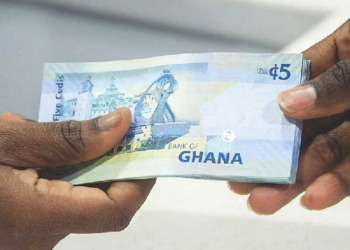The figure went up by 1.6 percent from the 12.8 percent recorded in March this year.
According to the Ghana Statistical Service (GSS), inflation for food items was 6.7 percent.
Meanwhile inflation for non-food items such as transport and utility, went up by 16.3 percent in April 2017.
The Acting Government Statistician, Baah Wadieh explained that the inflation in transport sectors contributed to the rise in inflation after about six months of decline.
“The main price drivers for the non-food inflation rate were transport (24.9%), Recreation and culture (22.3%), Furnishings, household equipment and routine maintenance (21.9%), Miscellaneous goods and services (16.8%) and Clothing and footwear (16.7%).”
He also explained that the inflation for fish and sea food influenced the rate of inflation for the food sub-category.
“The “price drivers” for the food inflation rate were Fish and sea food (13.6%), Meat and meat products (10.9%) and Coffee, tea and cocoa (7.2%).”
The Greater Accra region recorded the highest inflation of 14.2 percent. But the Volta region recorded the lowest inflation of 10.7 percent.
The inflation rate for imported items in April 2017 (15.0%) was 2.8 percentage points higher than that of Iocally produced items (12.2%).
Before the current rise in inflation, the figure recorded in March 2017 (12.8%) was the lowest since December 2013.
Join GhanaStar.com to receive daily email alerts of breaking news in Ghana. GhanaStar.com is your source for all Ghana News. Get the latest Ghana news, breaking news, sports, politics, entertainment and more about Ghana, Africa and beyond.
(Via: CitiFM Online Ghana)




